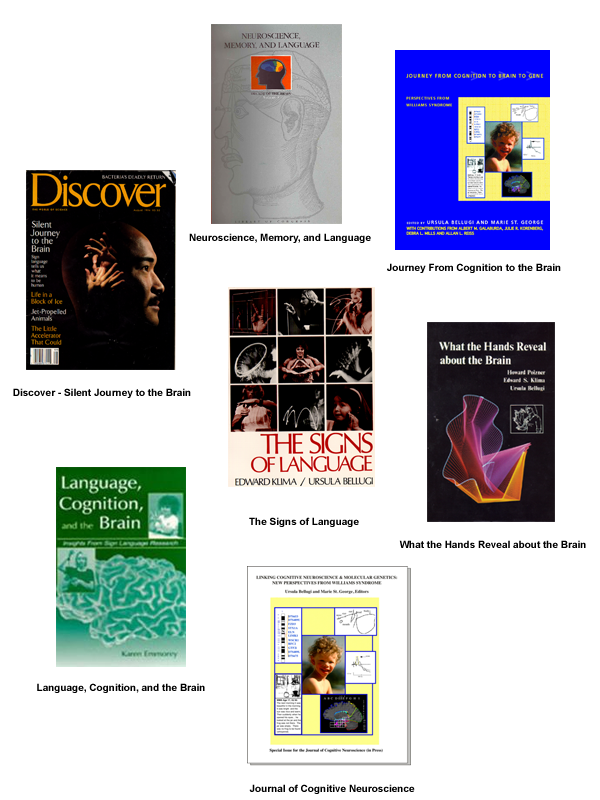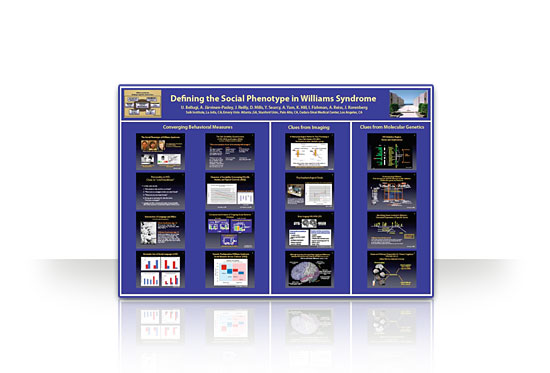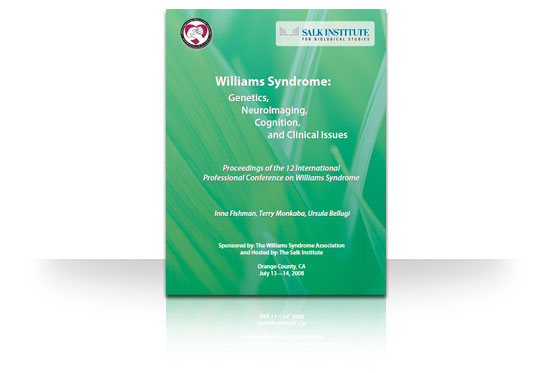Books
I. The Two Faces of Sign
 1. Iconicity in Signs and Signing
1. Iconicity in Signs and Signing
II. The Structure of The Sign
 7. Feature Analysis of Handshapes
7. Feature Analysis of Handshapes
III. Grammatical Processes
 10. Linguistic Category Levels
10. Linguistic Category Levels
 12. Structured Use of Space and Movement
12. Structured Use of Space and Movement
IV. The Heightened Use of Language

What the Hands Reveal About the Brain

Journal of Cognitive Neuroscience
 I. The Neurocognitive Profile of Williams Syndrome: A Complex Pattern of Strengths and Weaknesses
I. The Neurocognitive Profile of Williams Syndrome: A Complex Pattern of Strengths and Weaknesses
 II. Hypersociability in Williams Syndrome
II. Hypersociability in Williams Syndrome
 III. Electrophysiological Studies of Face Processing in William Syndrome
III. Electrophysiological Studies of Face Processing in William Syndrome
 IV. Neuroanatomy of Williams Syndrome: A High-Resolution MRI Study
IV. Neuroanatomy of Williams Syndrome: A High-Resolution MRI Study
 V. Multi-Level Analysis of Cortical Neuroanatomy in Williams Syndrome
V. Multi-Level Analysis of Cortical Neuroanatomy in Williams Syndrome
 VI. Genome Structure and Cognitive Map of Williams Syndrome
VI. Genome Structure and Cognitive Map of Williams Syndrome
 Society for Neuroscience Poster Symposium 2007
Society for Neuroscience Poster Symposium 2007
Genes, Neural Systems, and Social Behavior, HD 33113
Bellugi, U., Mills, D., Reiss, J., Korenberg, J.R., Hoeft, F., Searcy, Y.M., & Jarvinen-Pasley, A.

Proceedings of the 12th International Professional Conference on Williams Syndrome
Williams Syndrome: Genetics, Neuroimaging, Cognition, and Clinical Issues
Fishman, I., Monkaba, T., & Bellugi, U.








